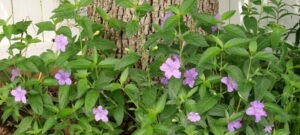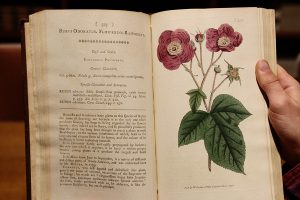Our “Cabinet Curiosities” series explores significant items in our Herbarium collection. This article was written by Haley Rylander, Research and Herbarium Assistant.
The New Zealand Kauri – Agathis australis – is a truly magnificent tree, revered in New Zealand by the native Maori and Europeans alike. The Kauri’s ancestors lived over 130 million years ago – making it one of the most ancient trees in the world! And the gargantuan trees can reach heights of over 160 feet tall and a diameter of over 66 feet across. The ancient Maori (native people of New Zealand) used Kauri wood to build boats, make carvings, weapons, and jewelry, and to build houses and public structures. The gum was used for many purposes as well, and the felling of one of these magnificent giants was usually accompanied by rituals.

Having lived in New Zealand briefly, I was thrilled to discover that BRIT’s own herbarium has a specimen of one of these amazing trees! The specimen was collected 27 January 1935 from the Bay of Islands, a subtropical micro-region of Northland, North Island, New Zealand. The collection was made from a 150-foot tall tree with a “tall and graceful” trunk found in a forest on the side of a mountain.
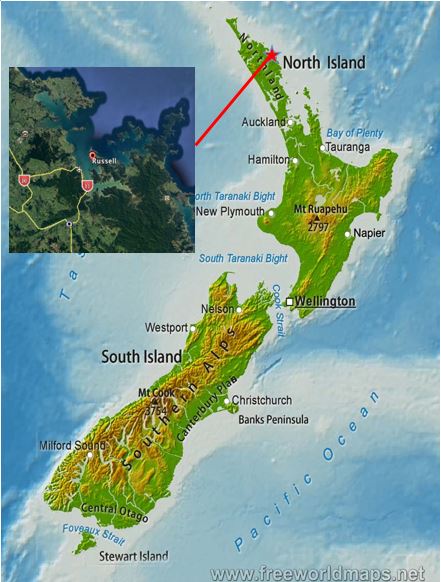
At one time Kauri forests covered 2.9 million acres in New Zealand, but due to severe exploitation (especially by the Europeans beginning in the late 1700s) there now remain only 200,000 acres. Kauri trees are so massive that they do not grow close together. A Kauri forest typically may have only an acre or so of total area covered by Kauri trees. These coniferous trees shed their bark regularly, grow straight and clean (no epiphytes except in the canopy), and provide homes and ecosystem services to numerous important native plants and animals, including rare parakeets, brown kiwi birds, kakas, and frogs.
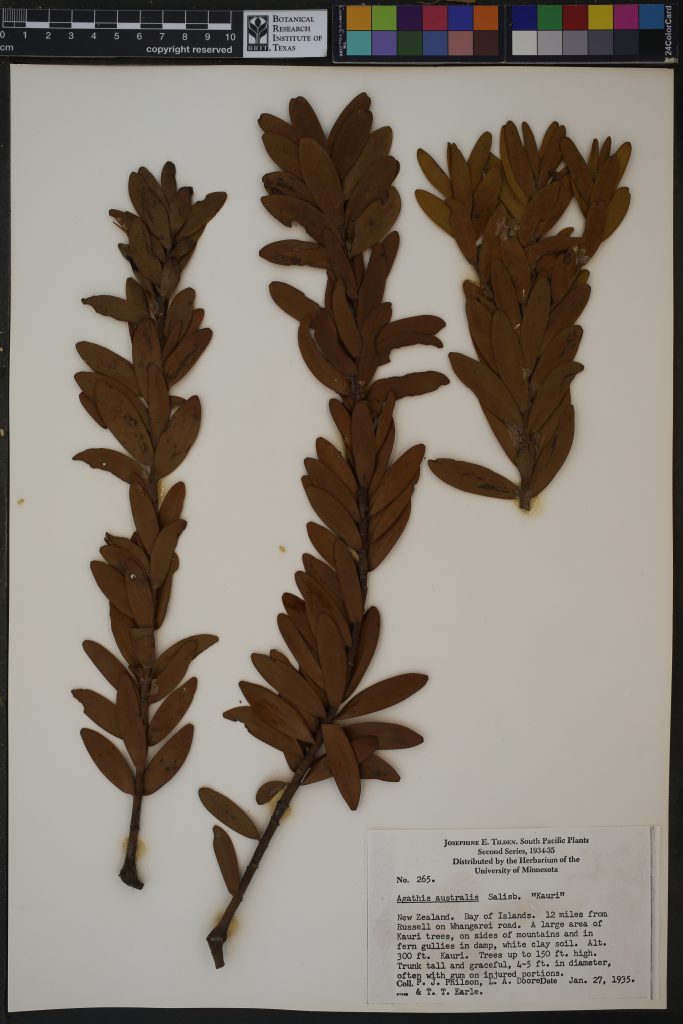
New Zealand’s oldest living Kauri trees today are 1,200-1,500 years old. Unfortunately, the oldest used to be a 4,000+ year-old giant named “Kairaru” which was destroyed in a fire in 1886.
The dwindling of the Kauri has been accompanied by conservation efforts across New Zealand attempting to preserve forests, limit commercial use of the trees (Kauri wood & carvings are popular souvenirs for tourists), and contain a new disease called Kauri Dieback which is having devastating effects on populations.
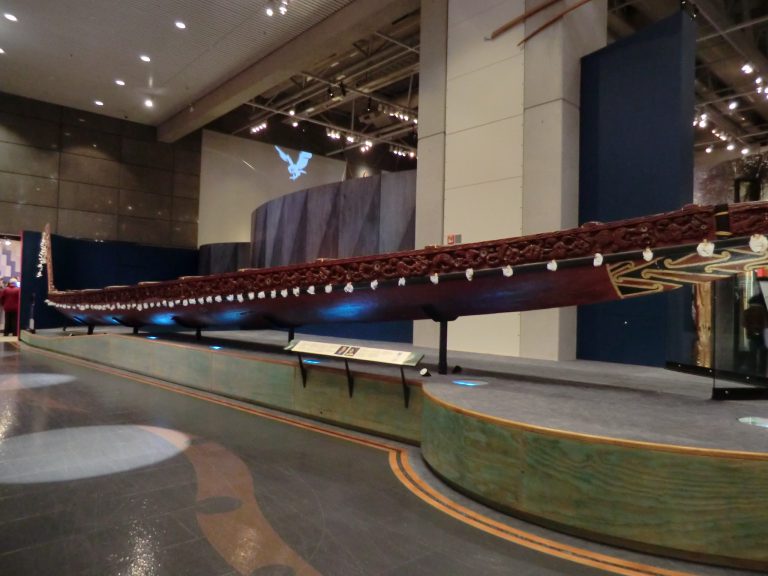
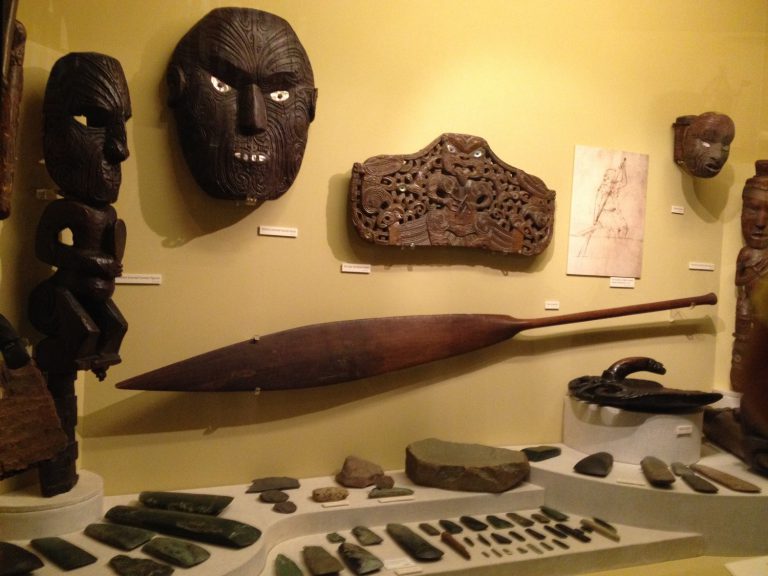
Perhaps information provided by herbarium specimens – historic populations and distribution, habitat characterization, and DNA – can help with further conservation efforts for these incredible emblems of living history and New Zealand culture.

